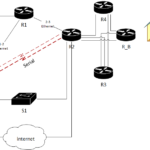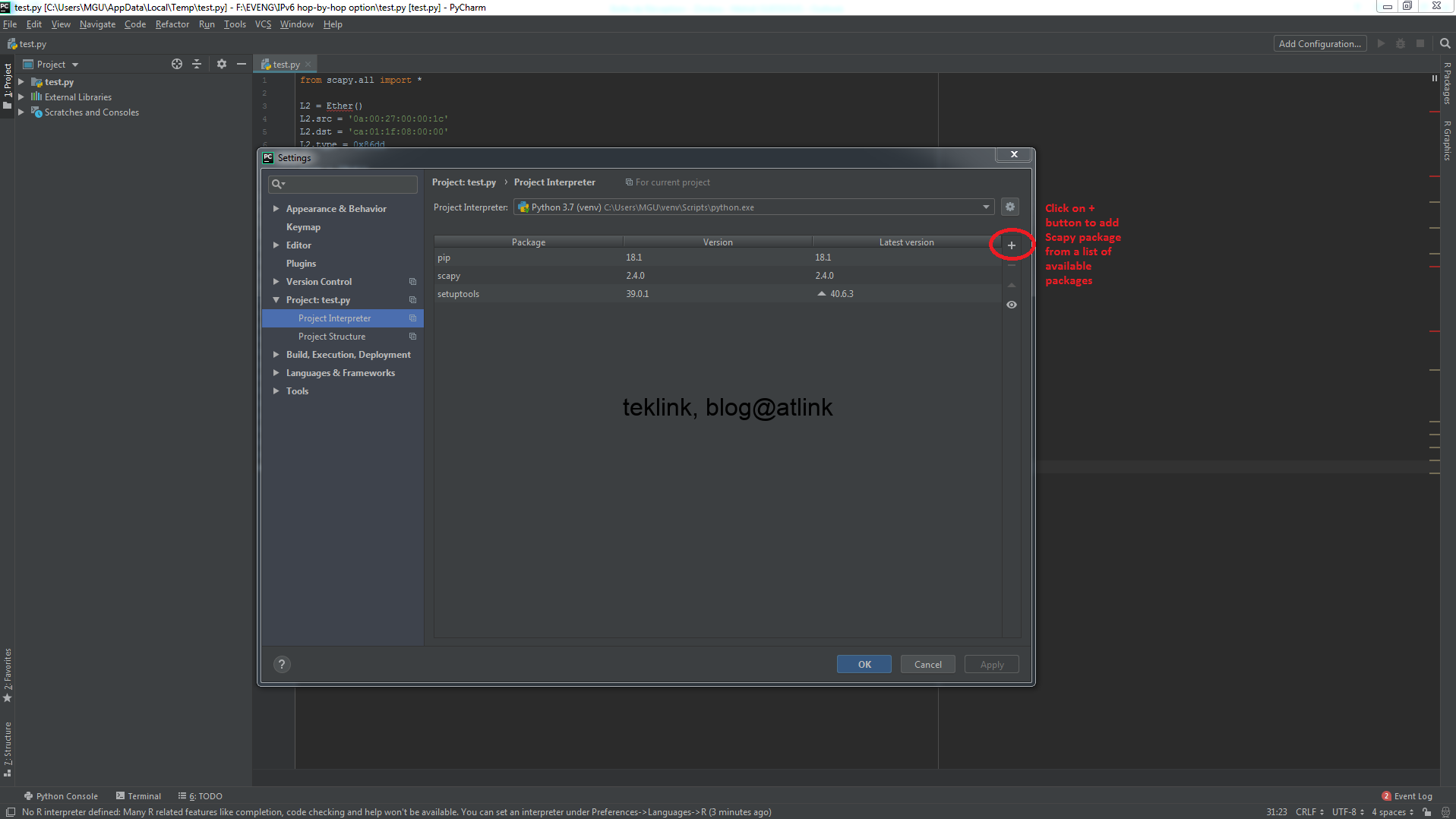We’ll see in this post, a simple application (a home network setup) of IPv6 some basic concepts.
IP version 4 and 6 (no 5!)
Let’s recall that IP (internet protocol) in general refers to the logical addressing of equipments (hosts, clients, routers, switches, objects, etc.) in a given IP network that functions at layer 3 of OSI (open systems interconnection) standard. From this point of view version 4 and 6 are the same.
Some differences exist with regard to the format of the IP packets: in version 4 we use 32 bit or 4 bytes to encode an ip address that is compound by : subnet part and a host part (as per VLSM), but are not limited to and may extend to the logic of design and operation of such networks themselves.
On the other hand, a version 6 IP address is 128 bit or 16 bytes and depending on the purposeand scope of the addressing (unicast : public, unique local, link-local; anycast; multicast) may include some of those fields : an interface identifier (host), subnet id, routing prefix, Local bit, group ID (multicast group), flags, (multicast operation), etc.




